Introduction
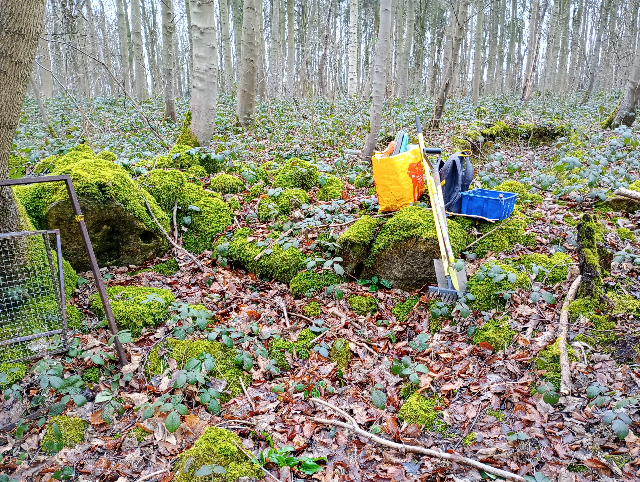
On Wednesday, we started The Dig and began exposing the wall and orthostats of the enclosure.
The Work
The Introduction
The main orthostat we worked on is in the north-west corner of the enclosure. This orthostat is surrounded by the roots of a tree. Meanwhile, the surrounding rock is a mixture of lower magnesian limestone, ranging from pale yellow to pinkish brown colouration.
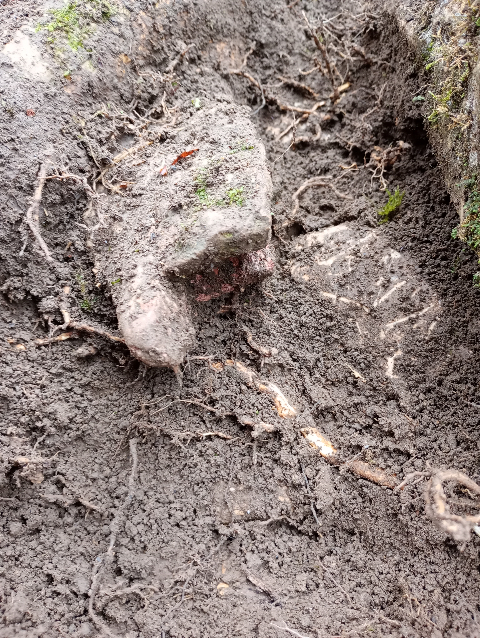
Wondering if the pinkish-brown limestone was pottery or had a different composition to the pale yellow type, we did some research. The Archaeological Data Service revealed that there are two types of limestone in our area and that there is no notable difference between composition.
The Enclosure
While digging, we may have discovered two orthostats that have fallen over. Orthostats are large stones stood upright on their edge. The orthostats we uncovered may also be incised stones, as they have cut marks. However, we don’t know until we clean up the orthostats to see if the cut marks form a pattern.
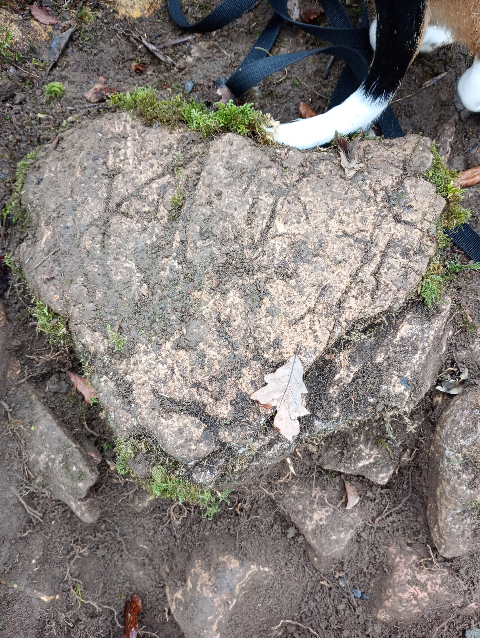

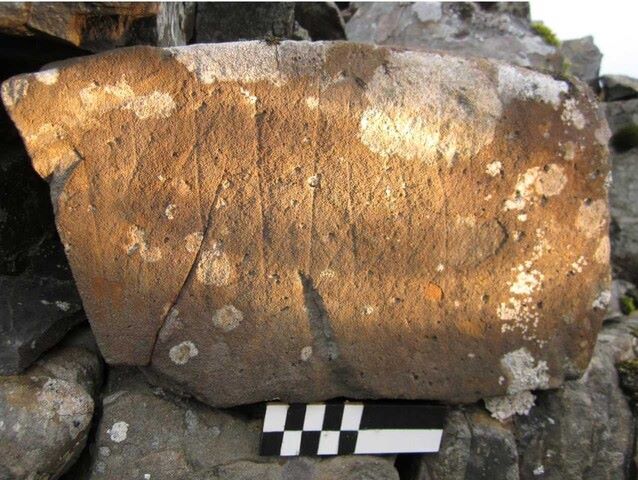
The Finds
The most exciting find could be a grindstone from a saddle quern or an axe head. At first, we thought the stone was a grindstone as it seems to fit perfectly in the hand, has a flat bottom and the polish marks seem to be where someone would hold it. Also, the previous dig uncovered a fragment of a millstone grit saddle quern.

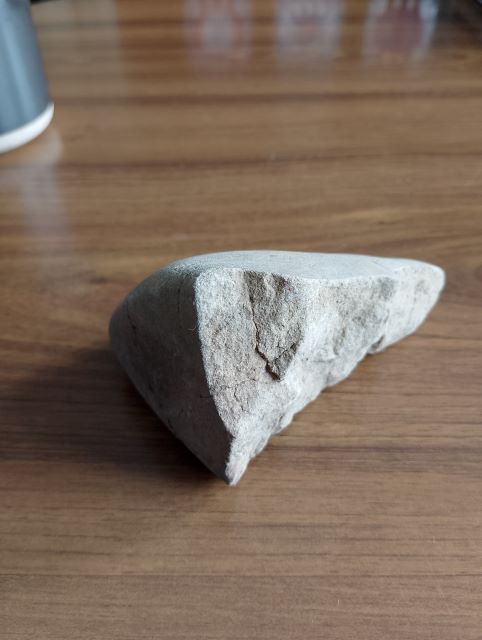
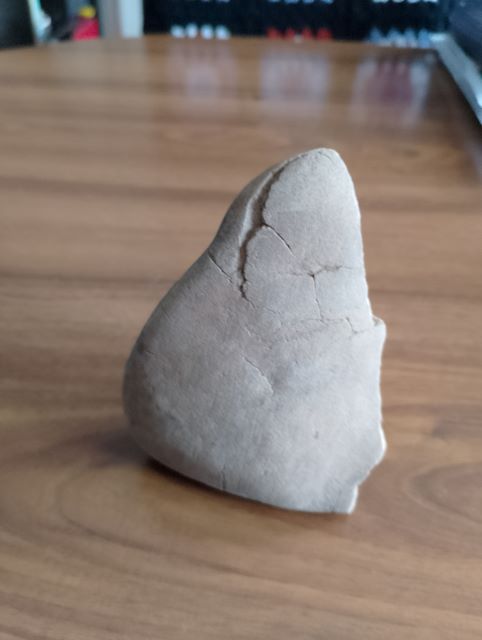
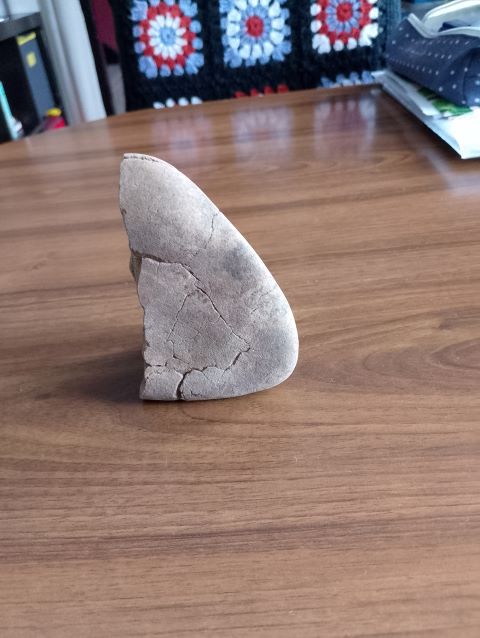
A saddle quern consisted of a big stone that is normally on the ground and a grindstone. These were used to de-husk crops and turn them into flour, helping digestion and releasing the maximum amount of nutrients. Saddle querns were used from 4000BC, early Neolithic, until they were replaced with rotary querns in 400BC, middle Iron Age.
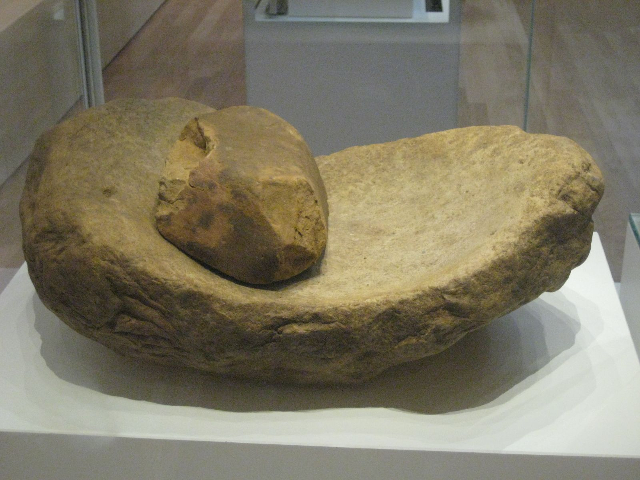
This is an example of a saddle quern. The rubbing stone shares some of the features of the one we found: the edges come to a point and the underneath is flat.
Then, we considered an axe head as the stone’s identity. This is because it comes to a point and the polish marks seem to be on the blade as well. However, we wondered why the people who’d used the artefact hadn’t made the blade edges completely flat. This is why we now think it was probably not an axe head but part of a saddle quern.
Conclusion
Progress
Overall, we’ve started revealing the orthostats, found some possible incised stones and maybe part of a grindstone.
Next Steps
Next time, we’ll continue to expose the orthostats and clean up the ‘incised’ stones.
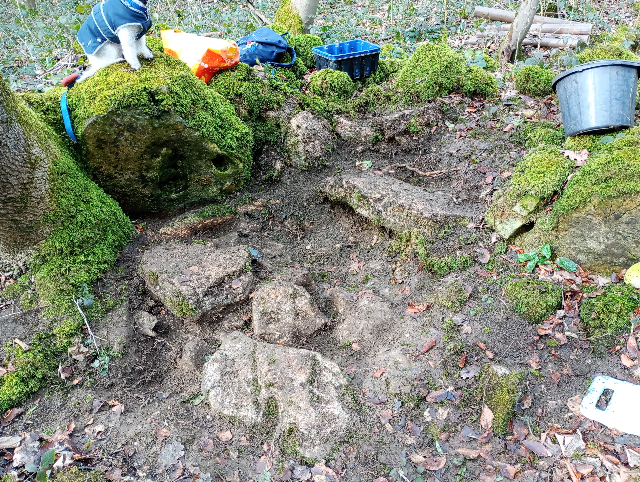

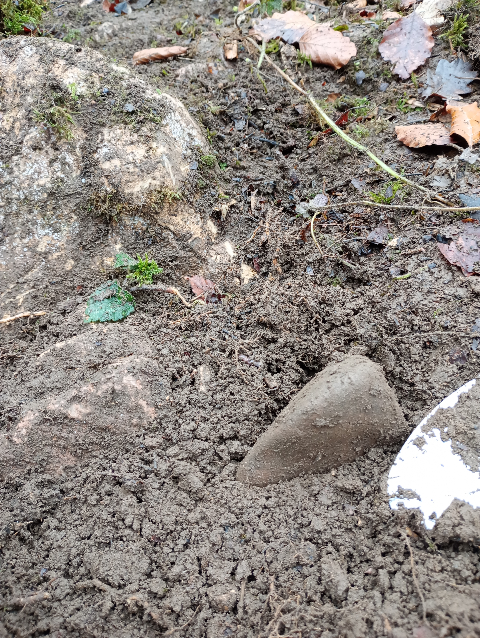
1 thought on “The Dig: Day 1”
Comments are closed.